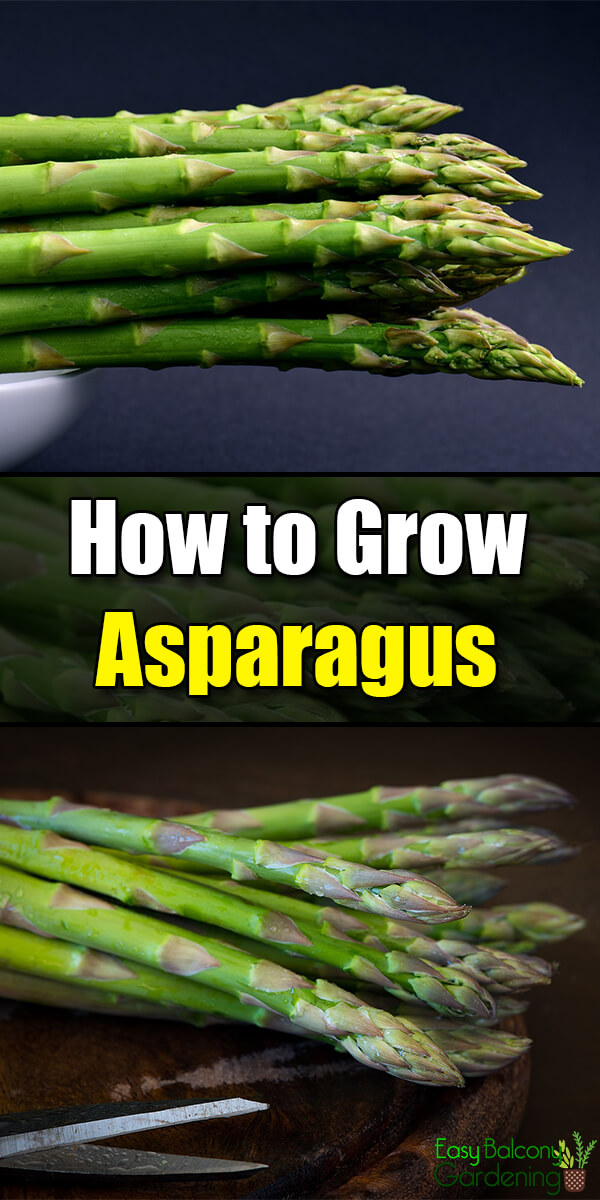In growing asparagus, remember that it is a hardy perennial plant. It does not need to be replanted, and will return year after year. Given proper care, it will produce for you for about 15 to 20 years. Do the required preparations for proper asparagus plant care, and your efforts will be well rewarded.
Selecting Locations
It is extremely difficult to transplant established asparagus plants. Be very sure of the location you choose.
- Your garden site should not have been used for the asparagus plants for at least eight years. This will help prevent fusarium root rot and crown rot. Cultivate them at the garden sides or at the ends, if you are planning on other plants, so that you do not disturb the asparagus during your other garden activities.
- The ground should be level, in full sun, with well-drained soil, and protected from late spring frosts.
- Soak the seeds for about two to four days. This will hasten germination. The best temperature for germination is 60°F – 85°F.
Recommended Varieties
All of the newer varieties available today are resistant to fusarium rot and rust, and also have better yields. They are all male plants, which have the advantage over the female plants, as they do not have to expend energy on bearing seeds. Some examples of the newer hybrids are the Jersey Giant, Jersey Knight, Jersey Prince, the Vicking KBC, etc. Standard varieties, however, are still being offered. For example, Mary Washington is an easy-to-find variety and it is rust-resistant.
Preparing the Soil
Remove stones and perennial weeds. Pay attention to deeply rooted weeds, as you do not want any competition for your asparagus crowns. In the fall, work into the soil a very generous amount of well-rotted compost, especially ripe manure. Soil pH should be 6.5 – 7.5. The following March, work into the soil an all-purpose 10-10-10 time release fertilizer. Follow the instructions on the label.
Growing Asparagus From Seeds
Growing from seeds is time-consuming. You lose a year when going this method. If you must grow from seeds, you can follow these procedures:
- Use some fungicide like Captan on the seeds prior to planting.
- Plant the seeds about half an inch deep, and about three inches apart. If planting in rows, leave about two-and-one-half feet of space in between.
- If you are not planning on indoor planting, place the seeds where it can receive much direct sunlightl You can also use grow lights.
- Transplant the seedlings when they are one year old,
- The Plumosus and Sprenger varieties are good candidates for seed growing.








